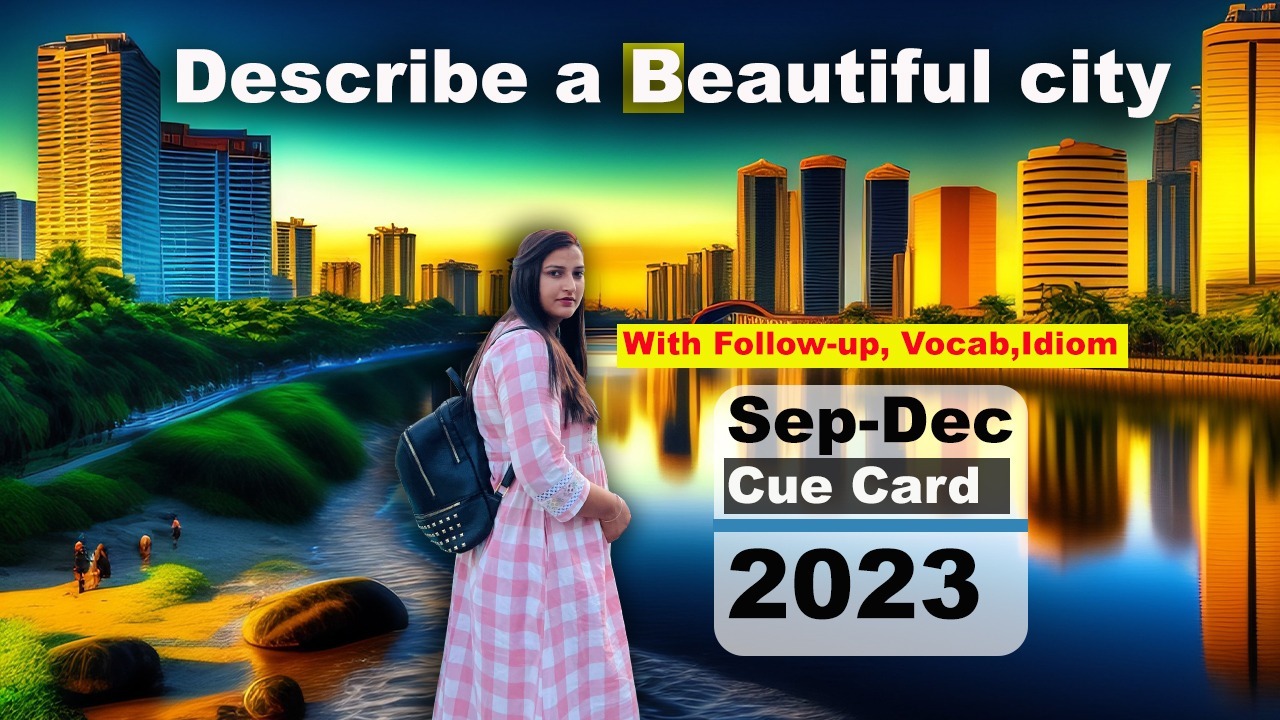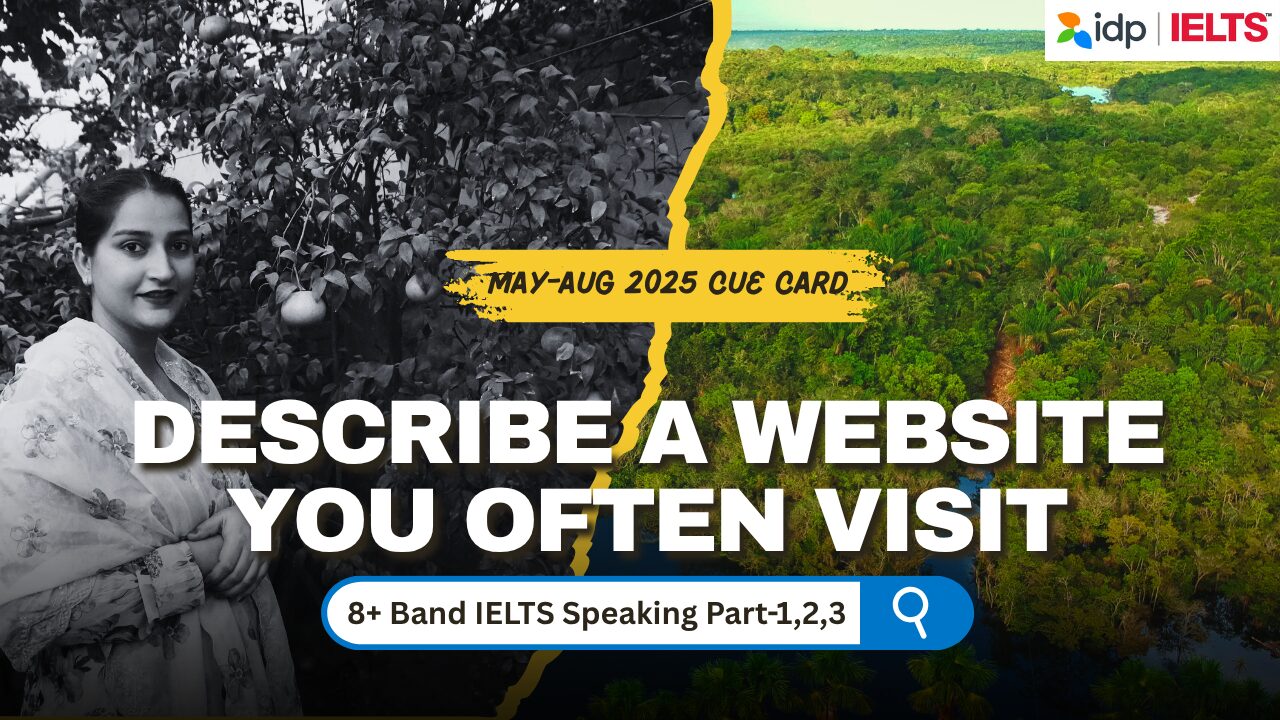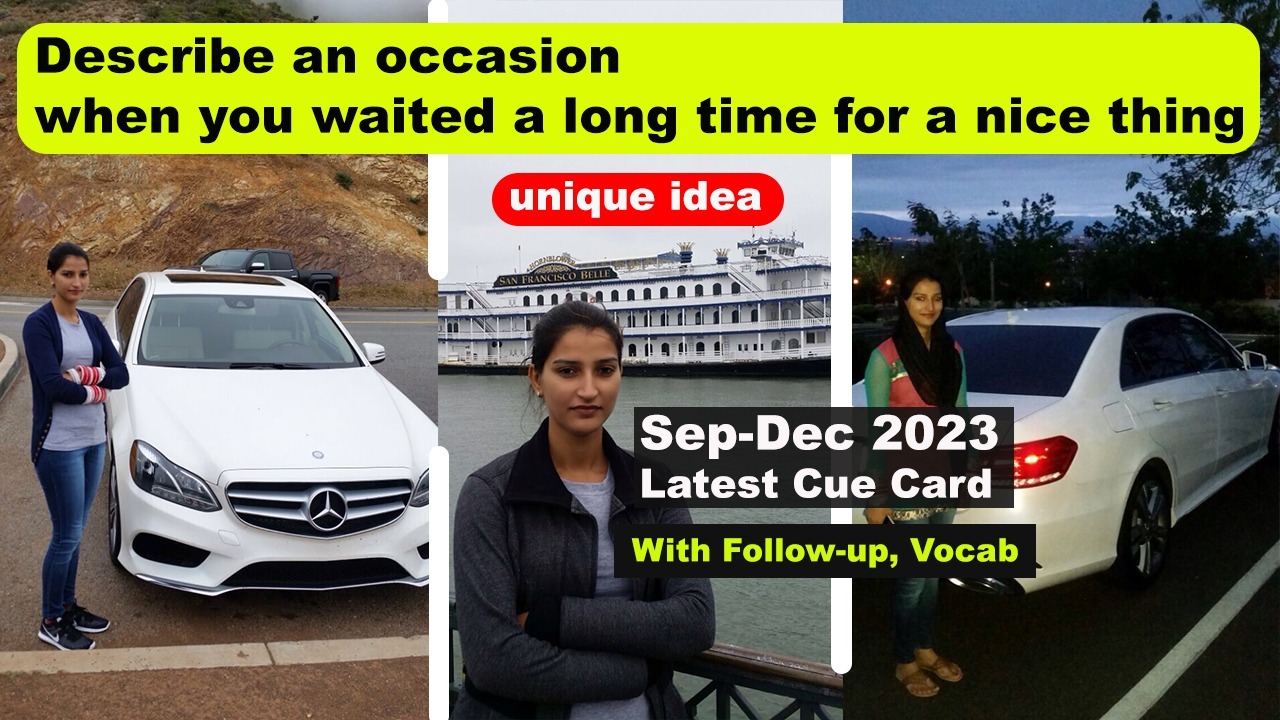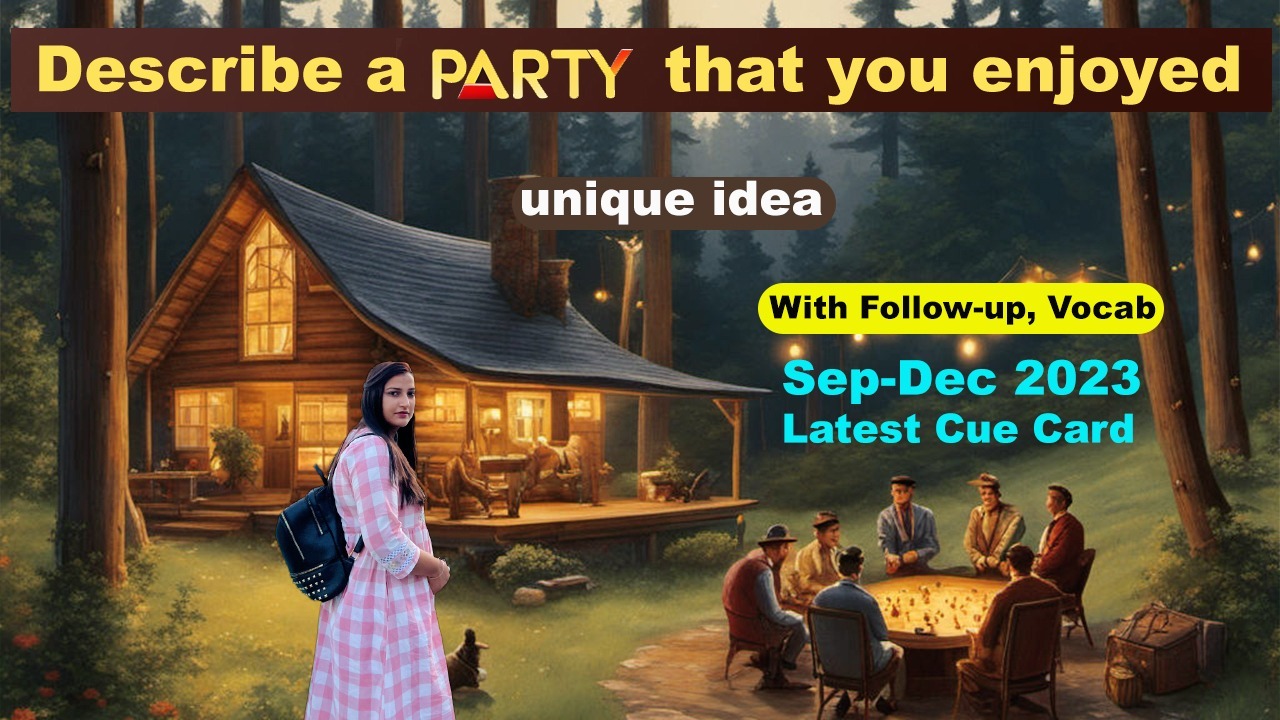Where the city is
How you knew the city
What buildings the city has
What it is famous for
Explain why you think this city is beautiful.
Vocabulary
Certainly
Numerous
Stunning
Breathtaking
Renowned
Bustling
Fascinates
Heritage
Ultimately
Amenities
Delicate areas
Certainly, there are numerous stunning cities around the world, each with its distinct character and appeal.
Today, I would like to introduce one breathtaking spot that is none other than Jaipur, known as the Pink city. It’s located in northwestern state of Rajasthan. I learned about Jaipur from books and travel websites.
Jaipur is famous for its stunning architecture and vibrant culture. The city is filled with historical buildings like the Hawa Mahal, which is a unique pink-colored palace.
This city is not only renowned for its bustling and colorful markets where people can shop for jewelry, textiles and handicrafts but also popular for its Rajasthani cuisine, including spicy curries and sweets like dal bati churma and Ghevar.
What fascinates me the most its rich history and the way it has preserved its heritage. The pink buildings in the old part of the city give it a unique and charming character.
Ultimately, Jaipur’s blend of history, culture, and architecture make it a truly beautiful city to explore.
Follow- ups
What are the differences between modern towns and modern cities?
Towns usually have fewer amenities and infrastructure compared to cities. They may have basic services such as schools, healthcare facilities, and shops. Moreover, cities are economic hubs with diverse industries, commerce, finance, technology and manufacturing but towns have limited scope of economic activities.
How can people preserve historical buildings?
No doubt, preserving historical buildings is crucial. People can help by maintaining and repairing these structures regularly, including repairs to roofs, walls, and foundations, to prevent damage.
Additionally, promoting awareness and educating communities about the value of historical buildings can encourage their preservation efforts.
Why do some people like to visit historical places?
Some people enjoy visiting historical places because they find it fascinating to step back in time and learn about the past. Historical sites offer a chance to see how people lived, the challenges they faced, and the innovations they made.
Why do people go to modern cities?
People go to modern cities because they offer various opportunities and conveniences. Modern cities are often hubs of employment, providing jobs and career prospects. They also have advanced amenities like healthcare, education, entertainment, and transportation, making them attractive places to live and work.
What are the problems caused in maintaining historical cities?
Firstly, preserving historical infrastructure often requires specialized skills and materials, which can be expensive. Secondly, striking a balance between modern development and historical preservation can be complex. Lastly, pollution and possibility of natural disasters can harm the safety and condition of historical buildings and landmarks.
Do you think having too many tourists is a positive thing for historical attractions?
Having too many tourists at historical attractions can have both positive and negative effects. On the positive side, it can generate income for preservation efforts and boost the local economy. However, it may also lead to overcrowding and potential damage to the historical sites, impacting the quality of the visitor experience.
What can we do to stop visitors from damaging historical places?
We can provide clear guidelines and educational information about respecting these sites. Additionally, regular monitoring and enforcement of rules, like restricted access to delicate areas, can help protect and protect these valuable historical places.
Do you think too many tourists is a positive thing for historical attractions?
same answer question number 6















Got a Questions?
Find us on Socials or Contact us and we’ll get back to you as soon as possible.